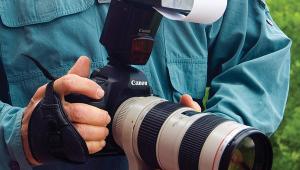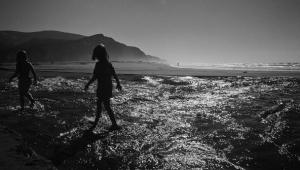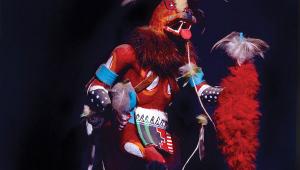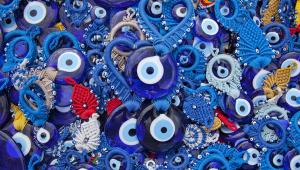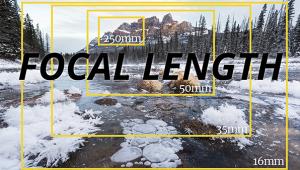Three Stages Of Macro Photography
Three Stages Of Macro Photography
When You Want To Get Up Close And Personal
by Joe Farace
I often hear people saying, “There’s nothing to photograph!” but what they usually mean is that there are no beautiful blue skies filled with puffy clouds or they’re not on the beach at Cancun. I wish I was in Mexico right now, but if you take the time to look there are great photographs all around just waiting to be captured. One of the least obvious photo ops is getting up close and personal with your subject and making macro images.
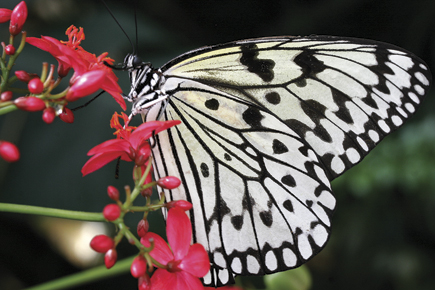 |
|
|
The classic definition of macro photography is that the image projected onto the film plane or digital sensor should be the same size as the subject. At a 1:1 ratio, an SLR with a full-sized chip should have the ability to produce life-size magnification and focus on an area as small as 24×36mm. Manufacturers sometimes describe a lens’ close-focusing capabilities as “macro” even if it doesn’t meet that definition and over time the term has gradually come to mean being able to focus on a subject close enough so the image is life-size or larger when viewing a 4×6” print. If you do the math, this only requires a magnification ratio of approximately 1:4 and it’s within this more relaxed definition of macro that I’ll toss that term around in this article.
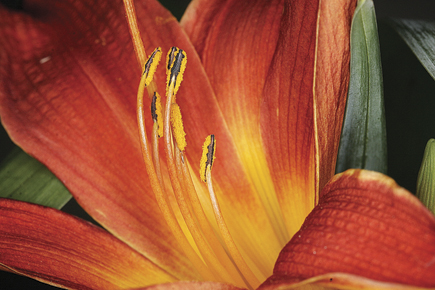 |
|
|
Conventional wisdom is that close-up photography requires lots of expensive, specialized equipment and while it’s true that you can spend lots of money to make macro shots, you don’t have to break your piggy bank. Here are a few tips, tools, and techniques for making close-up images of flowers and the occasional bug or two that won’t break the bank.
Stage 1
Cokin, Hoya, Tiffen, and Sunpak as well as other filter and camera manufacturers offer what are typically called close-up “filters.” Although not really filters in the traditional sense, they pass the duck test: they look like filters, work like filters, and quack like filters, so I’ll call them filters like everybody else. Close-up filters are really supplementary lenses that use high-quality optics to shorten your camera lens’ close-focusing distance, allowing you to get closer to the subject. Many close-up filters, such as the ones used to shoot the examples, are available in different strengths (or diopters) as a set that includes versions labeled Close-up +1, Close-up +2, and Close-up +4.
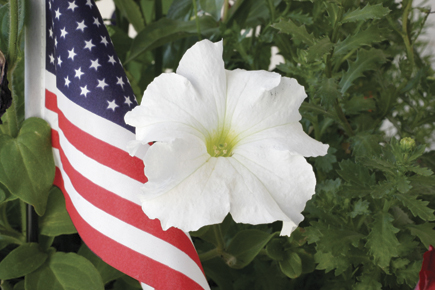 |
|
|
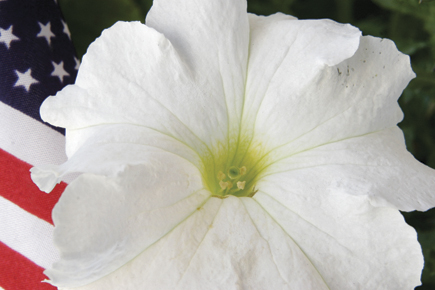 |
|
|
Factoid: A diopter is a unit of measurement that is used to describe the power of a lens and is expressed as the reciprocal of the focal length in meters.
Close-up lenses are double-threaded so they can be used in combination with one another, but to get the sharpest results it’s a good idea to place the strongest filter closest to the lens’ front element. For macro shooters on a budget, a complete set of close-up filters in 58mm threads should cost less than $40.
Stage II
Want to get even closer? Stage II up the macro-focusing ladder is accomplished by adding an extension tube to your existing lens. Extension tubes provide additional separation between your lens and imaging chip that’s required for close-up photography. You might think of them as an alternative to the more complex and expensive extension bellows that some manufacturers offer as a close-up accessory. An inexpensive ($85) extension tube set, such as Pro-Optics includes three tubes of different lengths (31mm, 21mm, and 13mm) that can be used in various combinations to produce larger or smaller magnification based on total extension length. These tubes couple with your camera metering mechanism and offer full auto focusing compatibility.
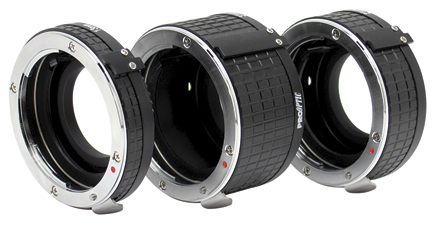 |
|
|
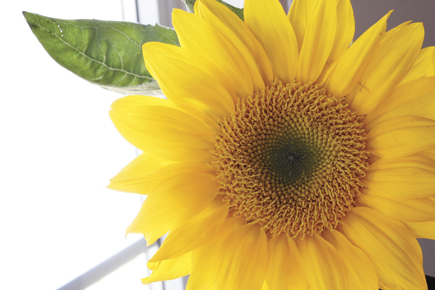 |
|
|
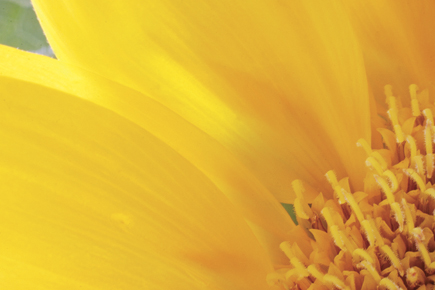 |
|
|
Factoid: Extension tubes will reduce the amount of light falling on the sensor, but your camera’s TTL metering system will automatically compensate for any light loss.
Stage III
You can up the ante and the budget by shooting with a real macro lens. Traditional lenses are optimized for focus at infinity not close-up, but the best macro lenses let you focus to life-size (1:1) magnification while some only achieve 1:2, where the image is 1⁄2 the size of the object being photographed. Best of all, a macro (Nikon calls them “micro”) lens can be used at infinity. The typical macro lens has a 50-60mm focal length but some have what might be considered a portrait focal length, around 100mm or slightly longer, and I often use my Canon EF 100mm f/2.8 USM macro lens for portraiture.
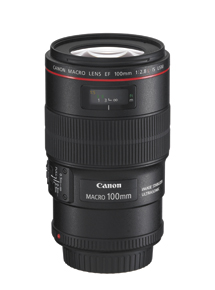 |
|
|
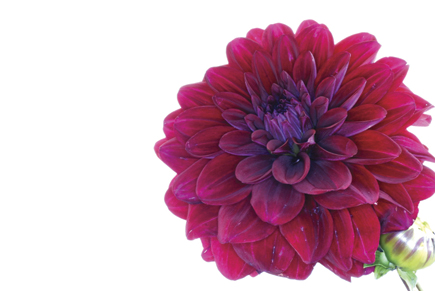 |
|
|
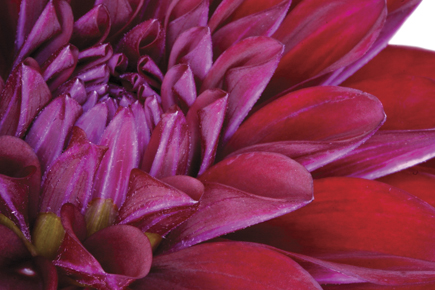 |
|
|
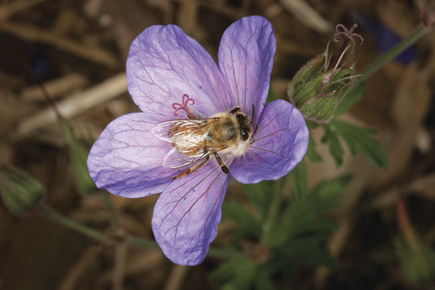 |
|
|
Tip: If you use your macro for portraits, make sure your subject can handle extreme sharpness that will show every skin defect, or just use any of the soft focus and diffusion software tools available.
The big advantage of using a longer focal length macro lens for close-up work is that the longer focal length provides extra working space and you won’t shadow or startle the subject. Canon, Nikon, Sigma, and Tamron offer macro lenses in longer focal lengths, such as 180-200mm, that serious nature photographers will find handy.
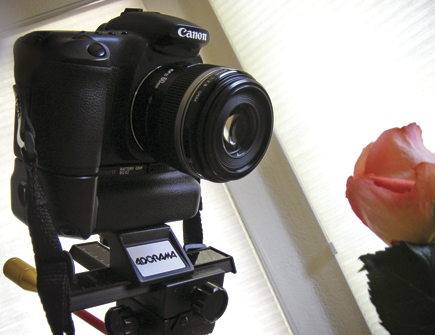 |
|
|
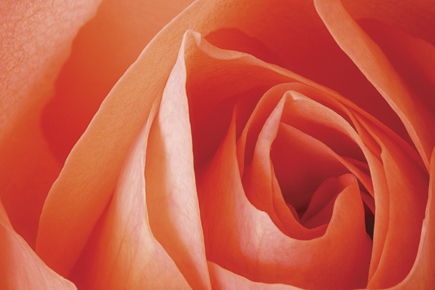 |
|
|
Other Close-Up Tools
No matter what stage you decide to apply to your own macro photography, you might need a few other tools. Which ones and how much to spend depends on your love of macro photography and your budget. Remember, the closer you get to a subject the more any camera movement is magnified. You may think you can hold 1⁄15th of a second shutter speed for a normal shot but when you get close up that same shutter speed can produce a soft image. To get started, you’re going to need a sturdy tripod, not that flimsy thing you bought at Crazy Charlie’s Flea Market.
A tripod is not always enough. When focusing at critical distances you cannot move the tripod back and forth in precise increments—at least without a lot of wasted effort—to produce the sharpest possible focus. That’s why I often mount Adorama’s Macro Focusing Rail Set atop the tripod. The Macro Focusing Rail Set accepts standard 1⁄4x20 threads and easily fits most tripods. The set consists of two 6” rails that permit movement in four directions and provides fine focusing adjustments. Positive locking knobs assure rock-steady focus. While not inexpensive ($174.95) this precision device makes macro photography easier and more precise, but if that doesn’t fit your budget take a look at their Budget Macro Focusing Rail Set ($79.95) that has rack and pinion movement with fine focusing adjustments and two 6” rails that allow movement in four directions.
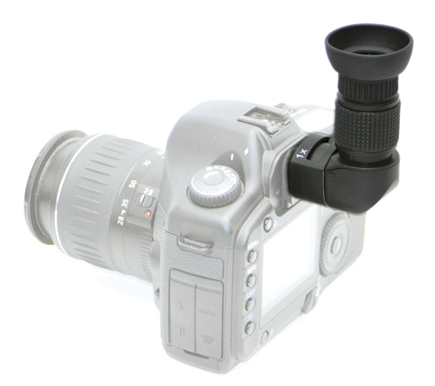 |
|
|
Using a macro lens lets you get close but achieving a pleasing composition requires a good look through the viewfinder, making a right-angle finder the perfect accessory to make macro shots, especially if your camera does not offer a flip LCD screen such as some Nikon and Olympus SLRs. Pro-Optic’s Right Angle Finder II ($69.95) cost less than similar models from camera manufacturers such as Nikon ($194.95) or Olympus ($174.95) and is a practical alternative for the photographer who shoots occasional macro images as a rainy or snowy day project.
Where To Find Macro Imaging Tools
Adorama
(Macro Focusing Rail Set,Pro-Optic, Tiltall)
www.adorama.com
OmegaSatter
(Cokin filter system)
www.cokin.com
THK Photo Products, Inc.
(Hoya filters)
www.hoyafilter.com
The Tiffen Company
(Tiffen filters)
www.tiffen.com
ToCAD America Inc.
(Sunpak filters)
www.tocad.com
- Log in or register to post comments

